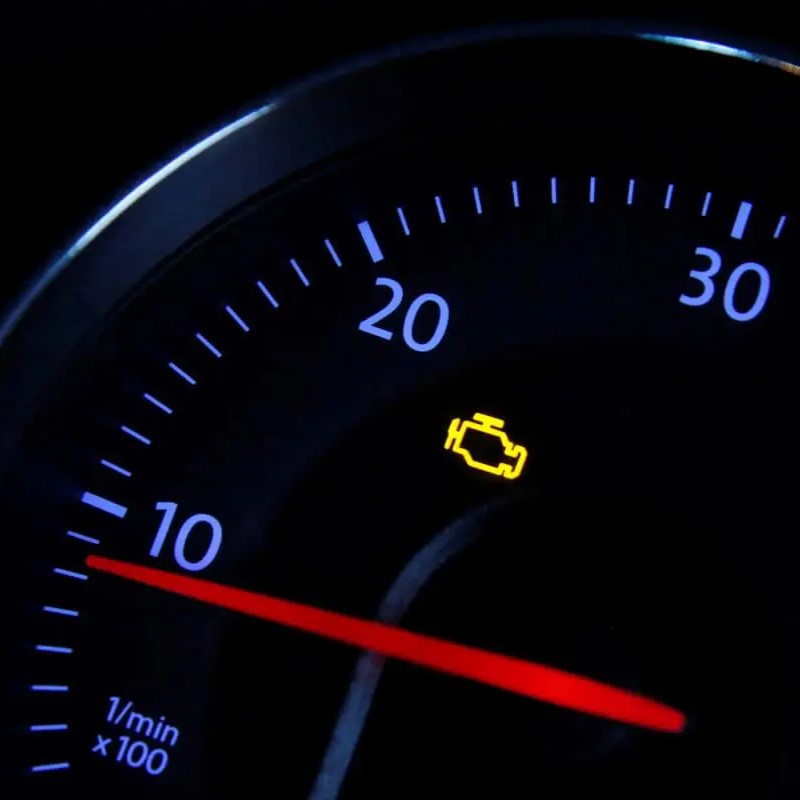Have you ever glanced at your car’s dashboard and noticed a unfamiliar yellow light glowing ominously? If so, you might have encountered the VSC light. This seemingly innocuous symbol can trigger a wave of anxieties for drivers, leaving them wondering what it means and what to do next. Fear not! This comprehensive guide will shed light (pun intended) on the VSC light, empowering you to understand its significance and take appropriate action.

What Does VSC Stand For?
VSC stands for Vehicle Stability Control. It’s an electronic system that plays a crucial role in maintaining your car’s stability, especially during challenging driving conditions. Imagine navigating a slippery road or making a sudden turn. The VSC system acts like a guardian angel, working behind the scenes to prevent skidding and loss of control. It achieves this by constantly monitoring factors like wheel speed, steering angle, and engine output. When it detects a potential loss of traction, the system intervenes by applying brakes to individual wheels or reducing engine power. This helps to correct the vehicle’s trajectory and keep you on the road.

Why Does the VSC Light Come On?
There are several reasons why the VSC light might illuminate your dashboard. Here are some of the most common culprits:
- Sensor Issues: The VSC system relies on a network of sensors to gather vital information about the vehicle’s behavior. A malfunctioning sensor, such as a wheel speed sensor or steering angle sensor, can disrupt the system’s ability to function properly, triggering the warning light.
- ABS Malfunction: The Anti-lock Braking System (ABS) and VSC often work in tandem. If the ABS encounters a problem, it can also cause the VSC light to turn on.
- Faulty VSC System: In some cases, the issue might lie within the VSC system itself. A malfunctioning component or a software glitch could be hindering its operation.
- Low Tire Pressure: While less common, low tire pressure can sometimes lead to the VSC light turning on. This is because the system relies on accurate tire pressure readings for optimal performance.
What to Do When the VSC Light Comes On
If you see the VSC light illuminated, here’s a recommended course of action:
- Maintain Calm: Don’t panic! The VSC light typically indicates a potential issue, not an immediate danger. You can usually continue driving cautiously to a safe location.
- Consult Your Owner’s Manual: Your car’s owner’s manual is a valuable resource that can provide specific details about the VSC light and any recommended actions. It might also include troubleshooting steps or instructions on how to temporarily disable the system (if necessary).
- Schedule a Service Appointment: It’s crucial to address the underlying cause of the VSC light as soon as possible. Schedule an appointment with a qualified mechanic to diagnose the problem and implement the necessary repairs.

Driving with the VSC Light On
While it’s generally safe to drive short distances with the VSC light on, it’s not recommended for extended periods. A functioning VSC system enhances your car’s stability and control, particularly in adverse weather conditions or emergency maneuvers. Driving without a fully operational VSC system increases your risk of skidding or losing control, potentially leading to an accident.
Temporary Disabling the VSC System (Use with Caution!)
Some vehicles allow temporary deactivation of the VSC system, usually via a button on the dashboard. This might be helpful in specific situations, such as when navigating through deep snow or loose gravel. However, it’s essential to remember that disabling VSC reduces your car’s stability and should only be done as a last resort, and with extreme caution.

Resetting the VSC Light
In some instances, simply restarting your car can reset the VSC light, especially if it was triggered by a temporary glitch. However, if the light remains illuminated after restarting, it’s a strong indication of an underlying issue that requires professional attention.
Preventing VSC Light Issues
Here are some proactive measures you can take to minimize the chances of encountering a VSC light issue:
Regular Maintenance:
Following your car’s recommended maintenance schedule is crucial. This includes routine checks of tire pressure, fluid levels, and sensor functionality.
Sensor Care:
Keep the wheel speed sensors and steering angle sensor clean and free of debris. Dirt or grime buildup can interfere with their ability to send accurate data to the VSC system.
Driving Habits:
Practice safe driving habits to minimize the strain on your car’s systems. Avoid aggressive maneuvers and sudden braking, especially on slippery surfaces.

Tips to Avoid Frequent VSC Light Illumination
The VSC light serves a crucial purpose, but seeing it constantly illuminated can be frustrating. Here are some tips to minimize the chances of a recurring VSC light issue:
- Become a Maintenance Master: Following your car’s recommended maintenance schedule is key. Regular checks of tire pressure, fluid levels, and sensor functionality can catch potential problems before they trigger the VSC light.
- Sensor Savvy: Keep the wheel speed sensors and steering angle sensor clean! Dirt and grime buildup can disrupt their ability to send accurate data to the VSC system. A quick cleaning during routine maintenance can make a big difference.
- Drive Smart: Practice smooth and responsible driving habits. Avoid aggressive maneuvers, sudden braking, and excessive speeding, especially on slippery surfaces. Putting less strain on your car’s systems reduces the risk of triggering the VSC light.
- Tire TLC: Maintaining proper tire pressure is crucial for optimal VSC performance. Regularly check your tire pressure and inflate them to the manufacturer’s recommended levels, as specified in your owner’s manual.
- Beware Modifications: Extensive car modifications, especially those affecting suspension or braking systems, can sometimes interfere with the VSC system. Consult a qualified mechanic before making any major changes to ensure compatibility.
By following these tips and maintaining a proactive approach to your car’s care, you can significantly reduce the chances of encountering a pesky VSC light on your dashboard. Remember, a healthy and well-maintained car translates to a safer and more enjoyable driving experience.
The VSC light serves as a vital warning system, alerting you to potential problems within your car’s stability control system. By understanding its purpose, common causes, and appropriate actions, you can ensure your safety on the road and address any underlying issues promptly. Remember,





